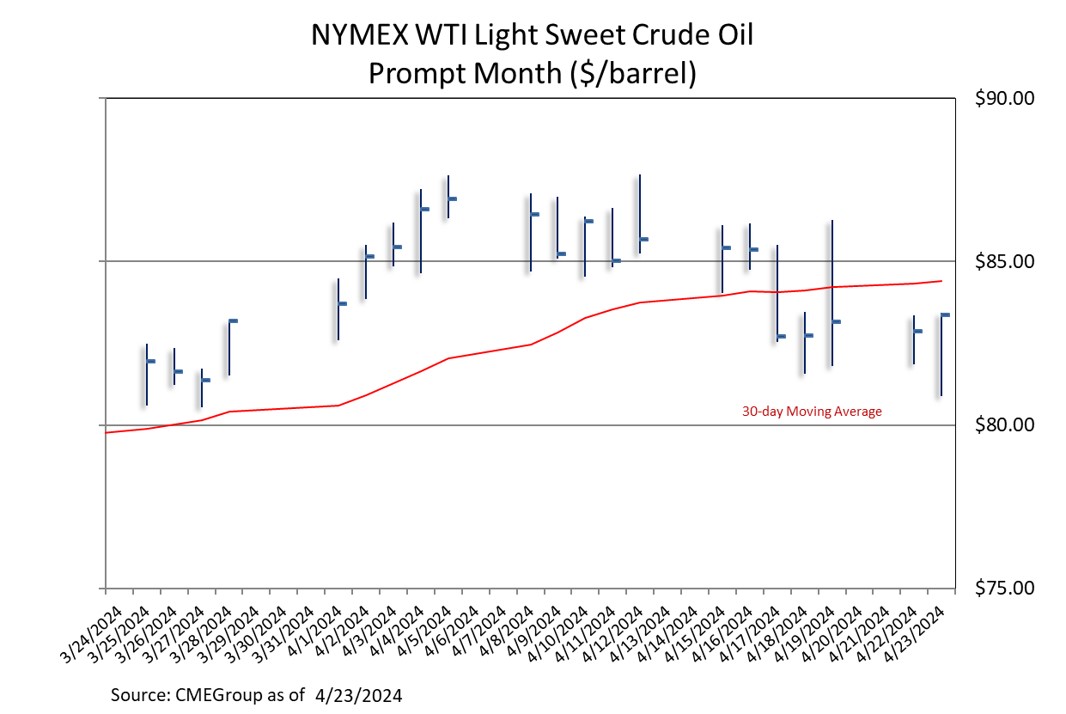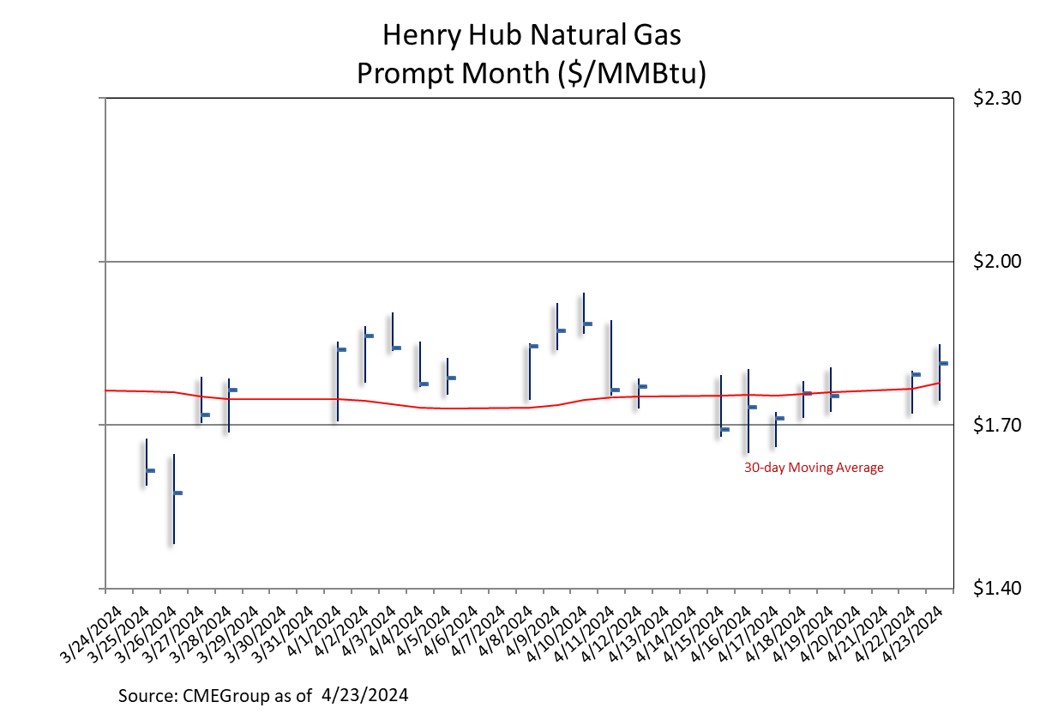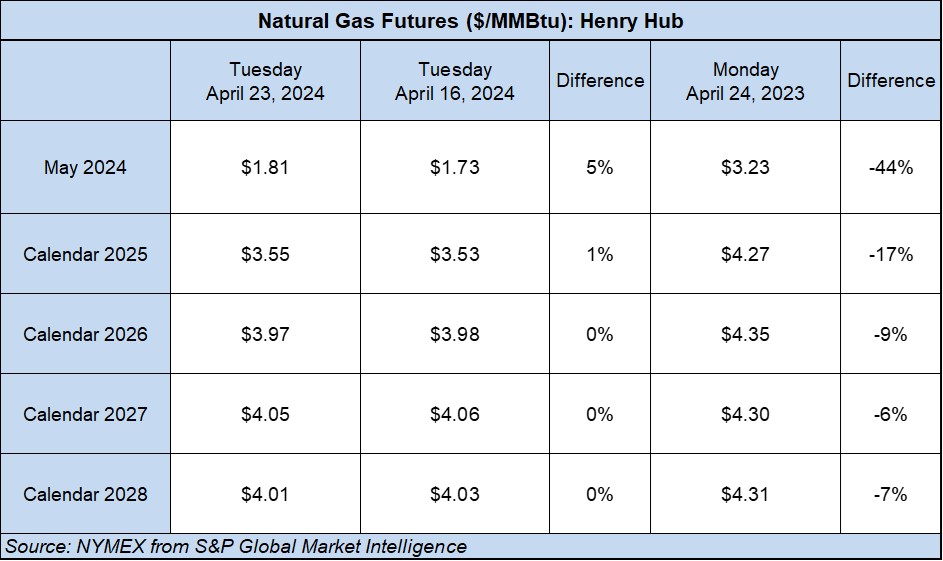
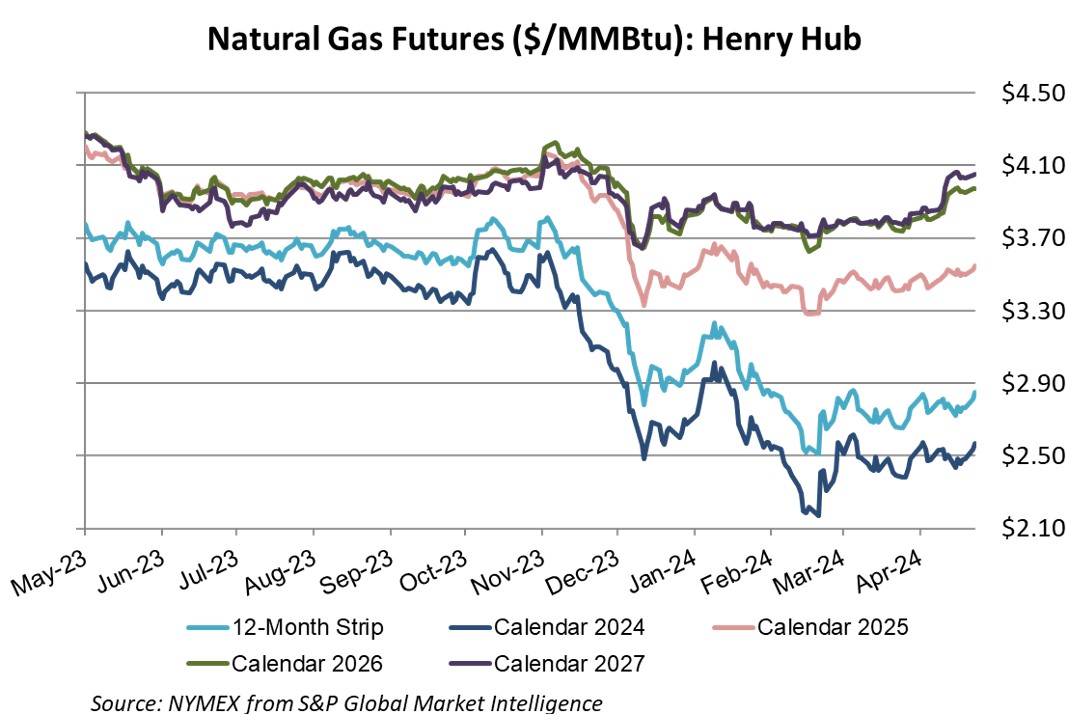
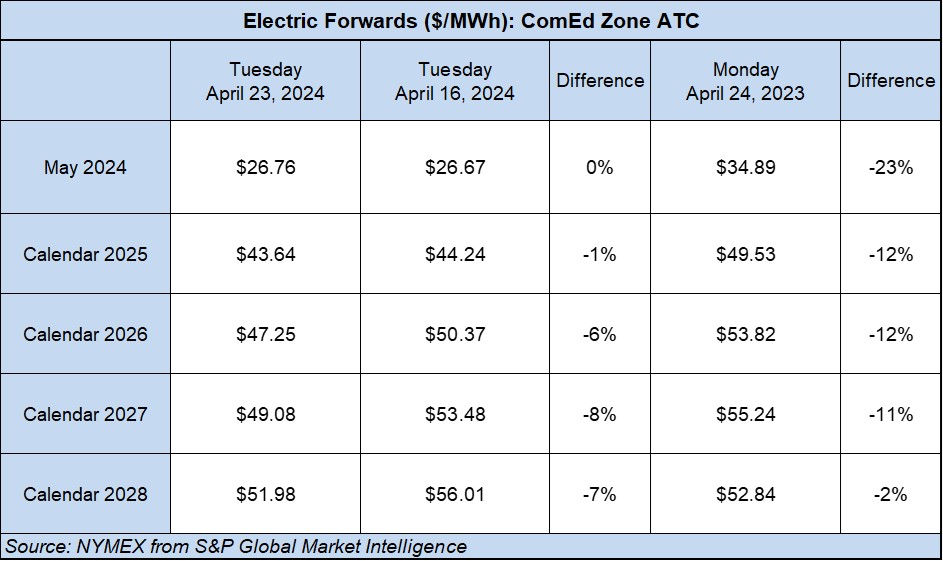
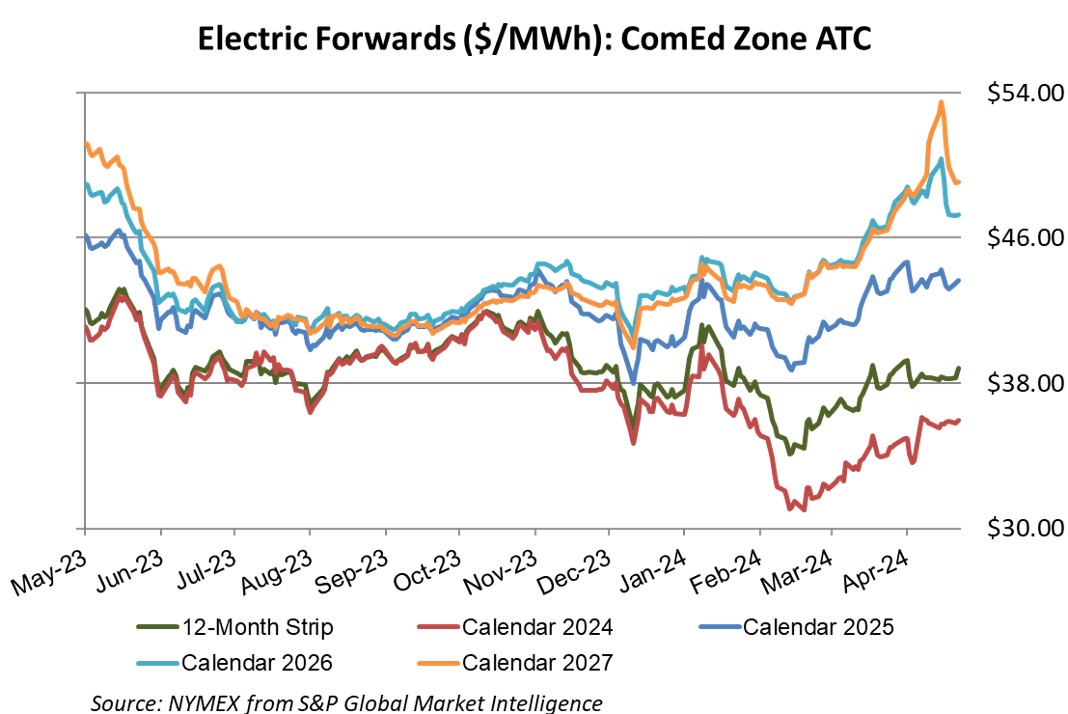
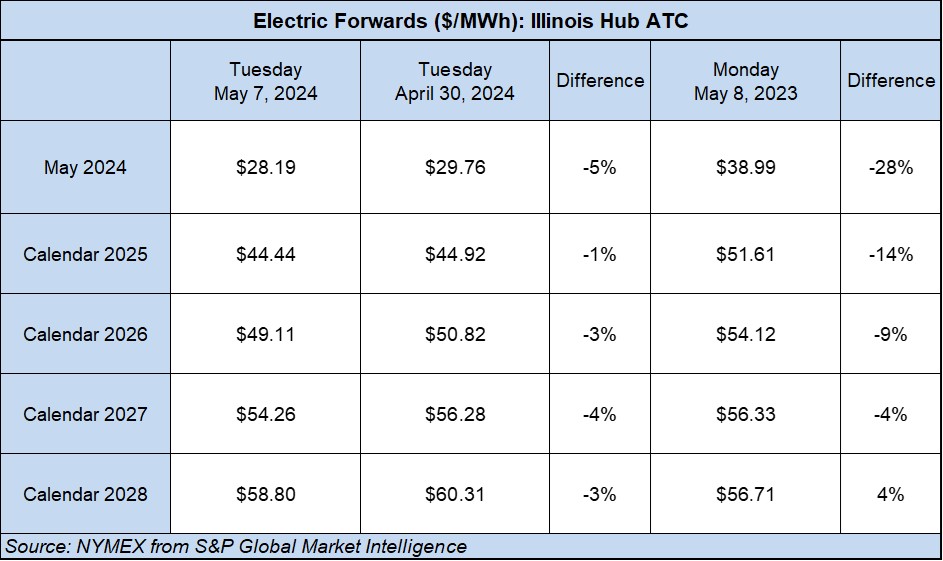
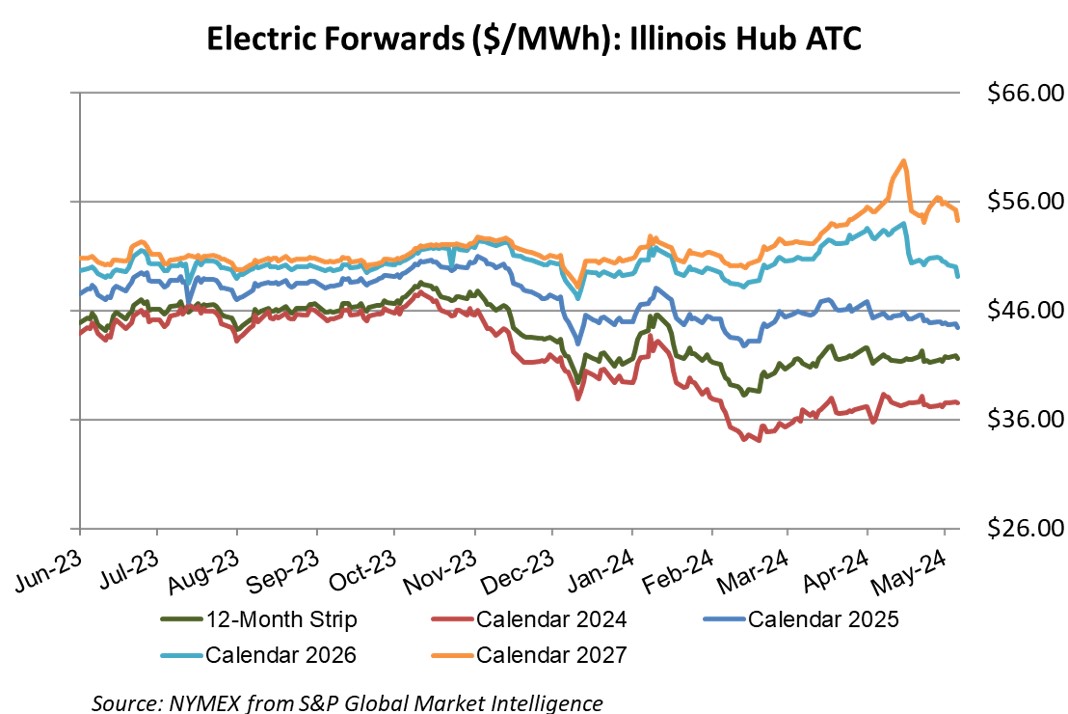
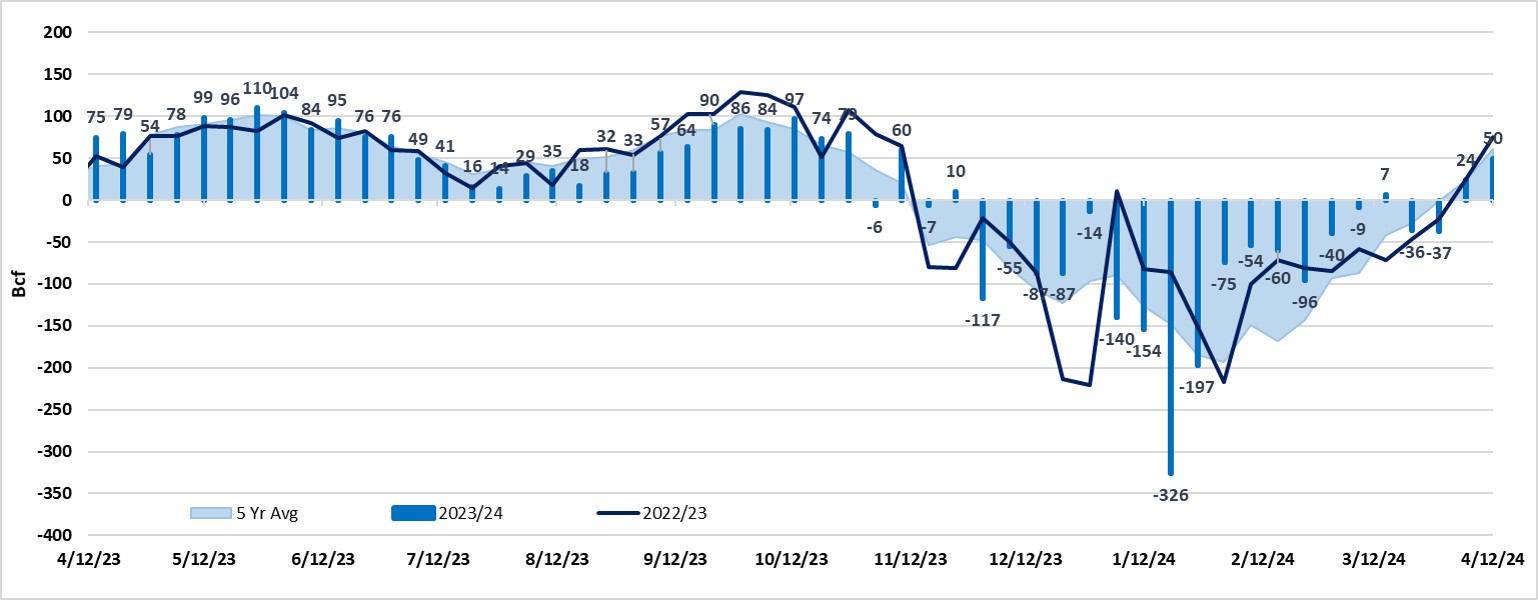
Working gas in storage was 3,445 Bcf as of Friday, September 13, 2024, according to EIA estimates. This represents a net increase of 58 Bcf from the previous week. Stocks were 194 Bcf higher than last year at this time and 274 Bcf above the five-year average of 3,171 Bcf. At 3,445 Bcf, total working gas is within the five-year historical range.
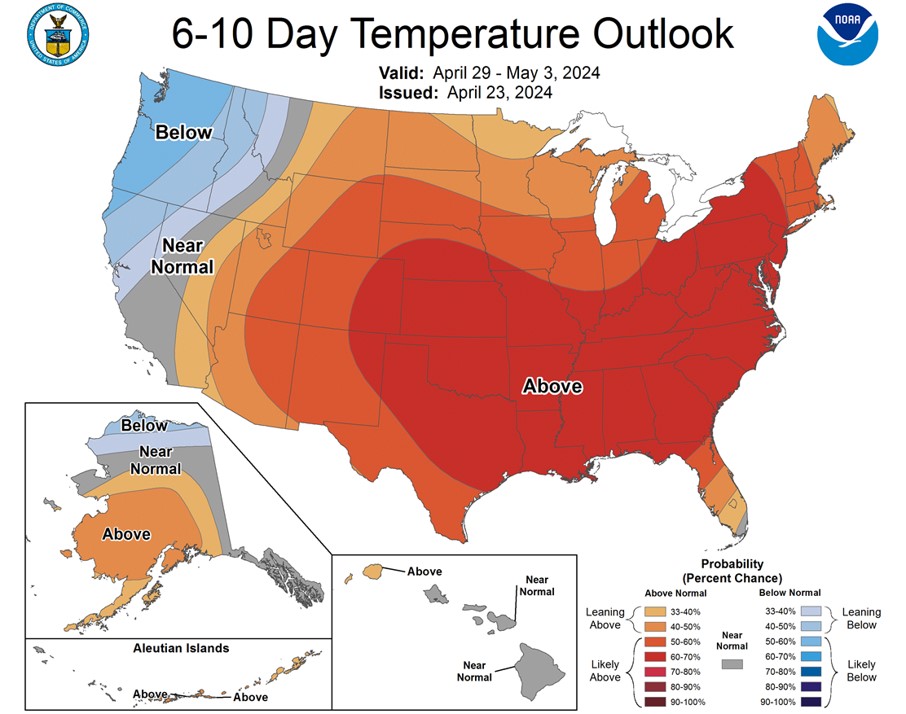
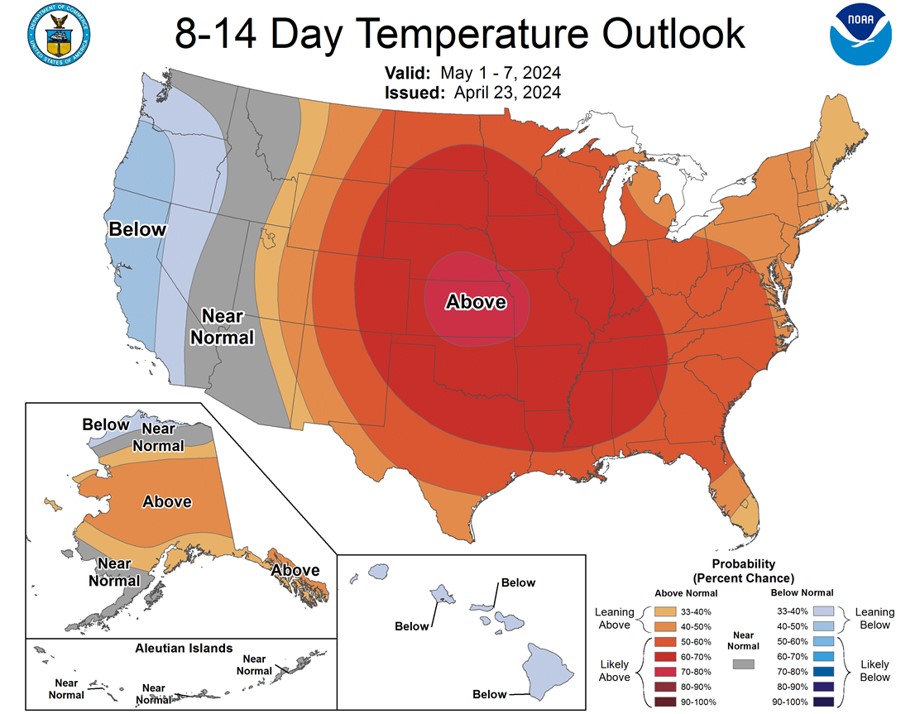

El Niño Southern Oscillation (ENSO)-neutral conditions are present, as equatorial sea surface temperatures (SSTs) are near-to-below average in the central and eastern Pacific Ocean. During the last four weeks, negative SST anomaly changes prevailed across the western and central equatorial Pacific Ocean. As such, a La Niña Watch is in effect, with La Niña favored to emerge in September-November (SON) (71% chance) and is expected to persist through January-March (JFM) 2025. However, chances of a moderate to strong La Niña are currently less than 50% through the Fall and Winter. ENSO-neutral conditions are favored to re-emerge by the February-April (FMA) 2025 season.
The October-December (OND) 2024 temperature outlook favors above normal temperatures for the southern two-thirds of the Contiguous United States (CONUS), the eastern third of the CONUS, and northwestern Alaska. The largest probabilities (greater than 60 percent) of above normal temperatures are forecast across much of the Southwest and parts of the Rio Grande Valley and southern High Plains. Conversely, a weak tilt toward below normal temperatures is indicated for Southeast Alaska, parts of the southern Mainland, and parts of the Alaska Peninsula.
The OND 2024 precipitation outlook depicts enhanced probabilities of below-normal precipitation amounts across much of the south-central and southwestern CONUS as well as most of Southeast Alaska and parts of the southern Mainland. The greatest chances (greater than 50 percent) of below-normal precipitation are forecast for much of the Rio Grande Valley and much of the Southern High Plains, where probabilities of below exceed 50 percent. Above-normal precipitation is more likely for the northwestern CONUS, the Great Lakes and Northeast, and much of northwestern Mainland Alaska.
Equal chances (EC) are forecast for areas where probabilities for each category of seasonal mean temperatures and seasonal accumulated precipitation amounts are expected to be similar to climatological probabilities.
